

Rubus armeniacus (Xwelítemelh sqw'ólmexwelhp; Himalayan blackberry)
| Lantern's Edge | About Us | Plant Nursery | Vedder Invasives | Garden Services | Contact |
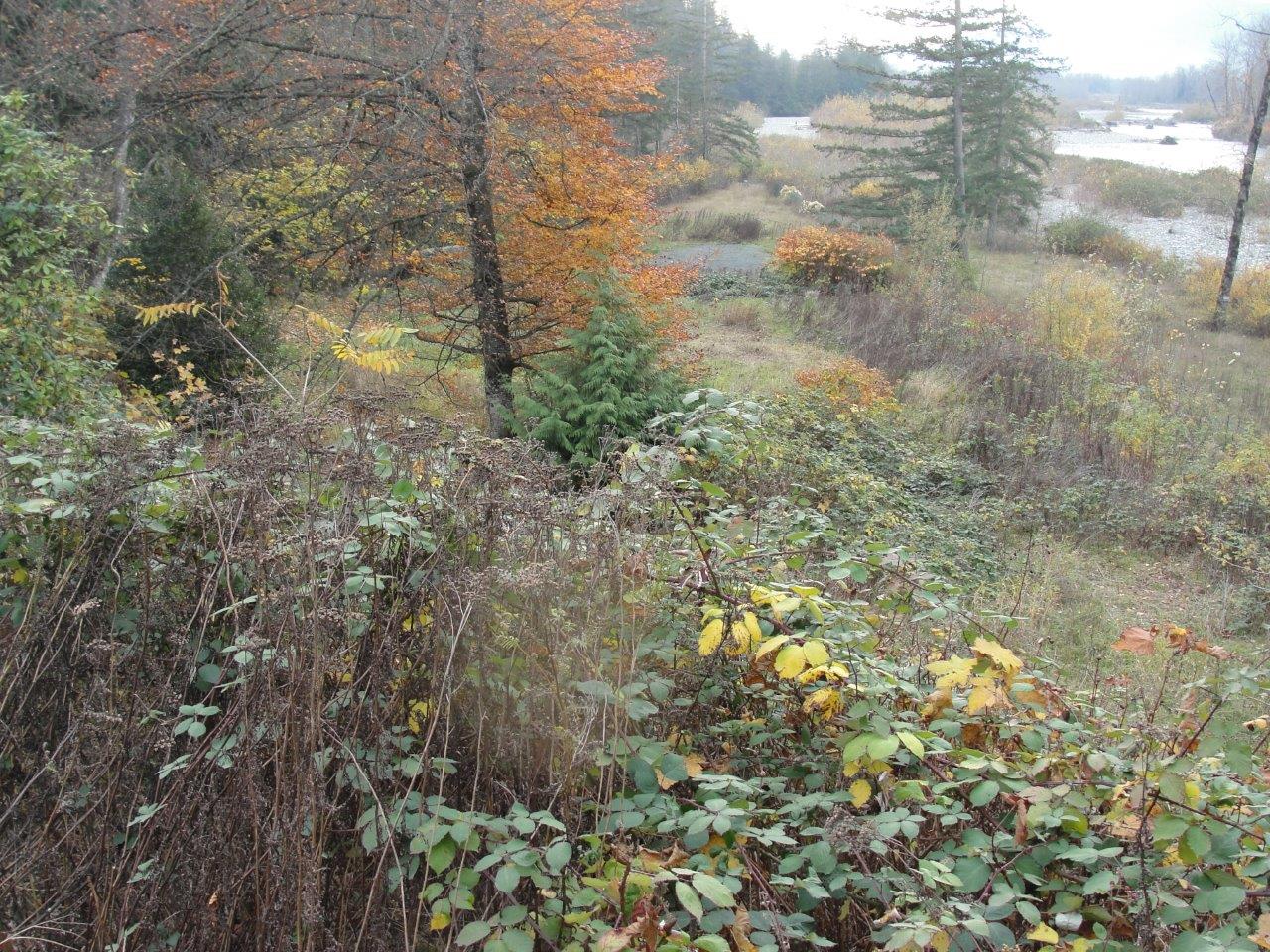
When we came to Lantern's Edge it was abused by machinery, neglected and overgrown with invasive plant species.
Underneath the mess, however, awaited a wide variety of native species. We've been digging up
the invasives, creating gardens and nurturing the return of biodiversity-supporting native plants.
Ecosystems don't care about property lines. It's clear that critical work is needed to preserve the
entire Vedder River riparian ecosystem from invasive species.
In our spare time, we volunteer on public land, clearing invasive plants and picking up garbage.
But volunteering isn't enough! We've created a project to expand the scope of our work along
the south side of the Vedder River, from the Vedder Bridge to Yarrow.
We are seeking funding for our project! Our annual budget is $24,000. All of the funds we
raise will pay for the hard, dirty work of clearing invasive plants.
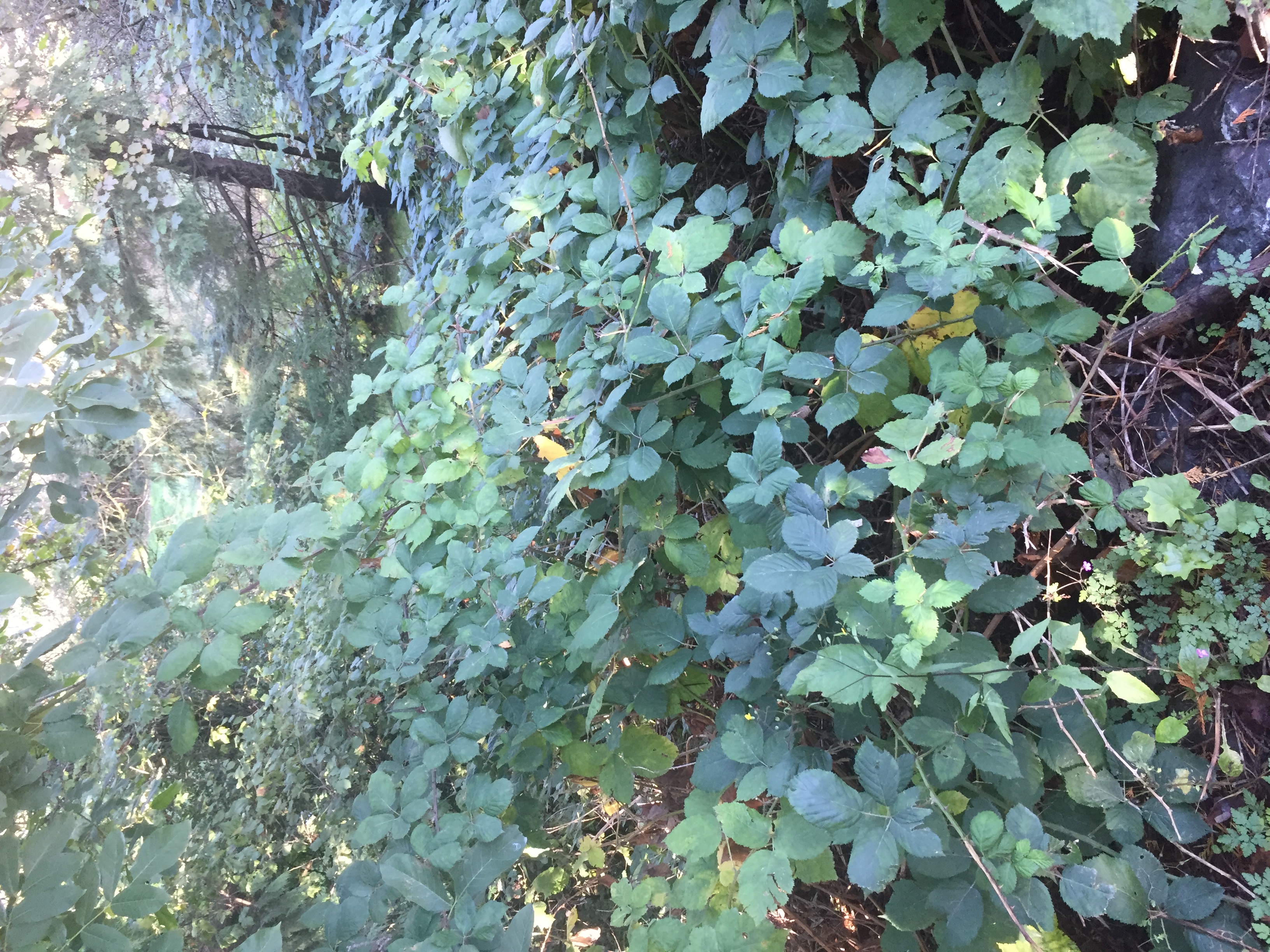
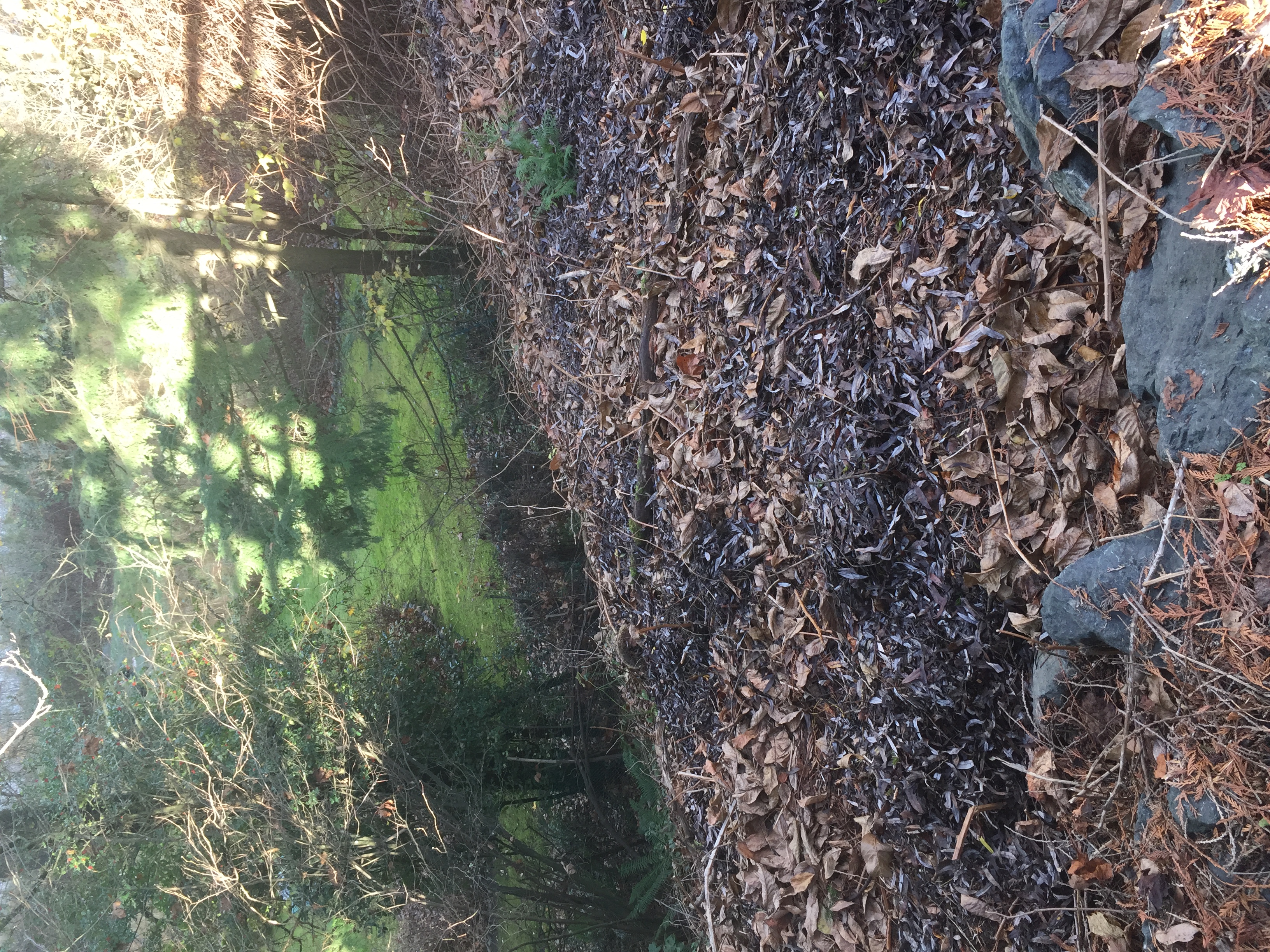
Before and after clearing Himalayan blackberry. The slope looks barren now, but we have
replanted a variety of native plants, and will monitor to prevent reestablishment of invasives.
In a few years, native understory plants will dominate.
Invasive species are species which are:
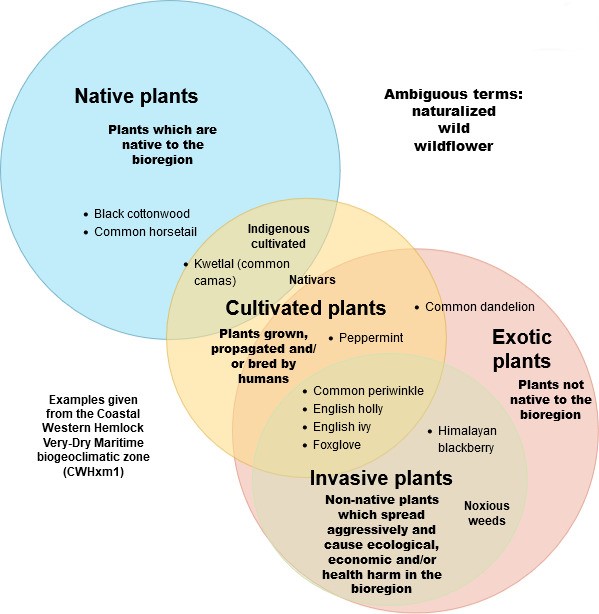
(note: under construction, we'll capture some more photos during the 2025 growing season)


Rubus armeniacus (Xwelítemelh sqw'ólmexwelhp; Himalayan blackberry)
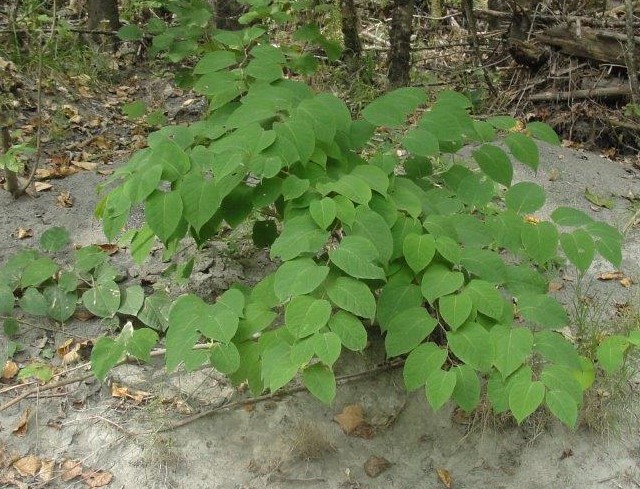
Reynoutria japonica / R. x bohemica (Japanese/bohemian knotweed)

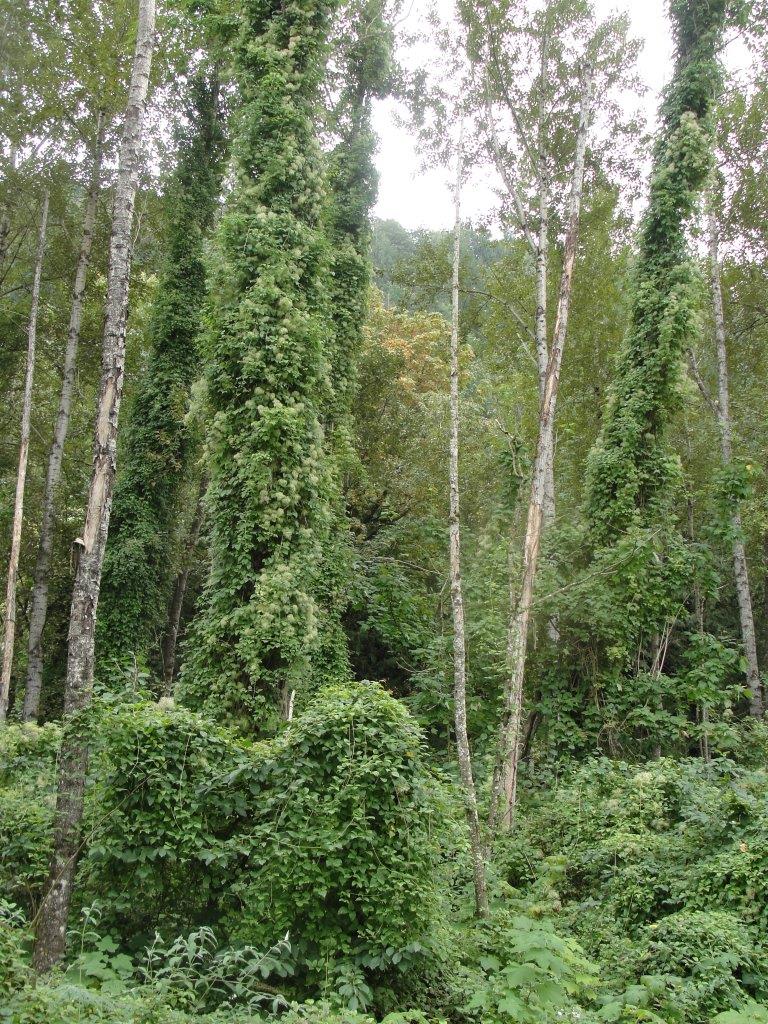
Clematis vitalba (old man's beard)
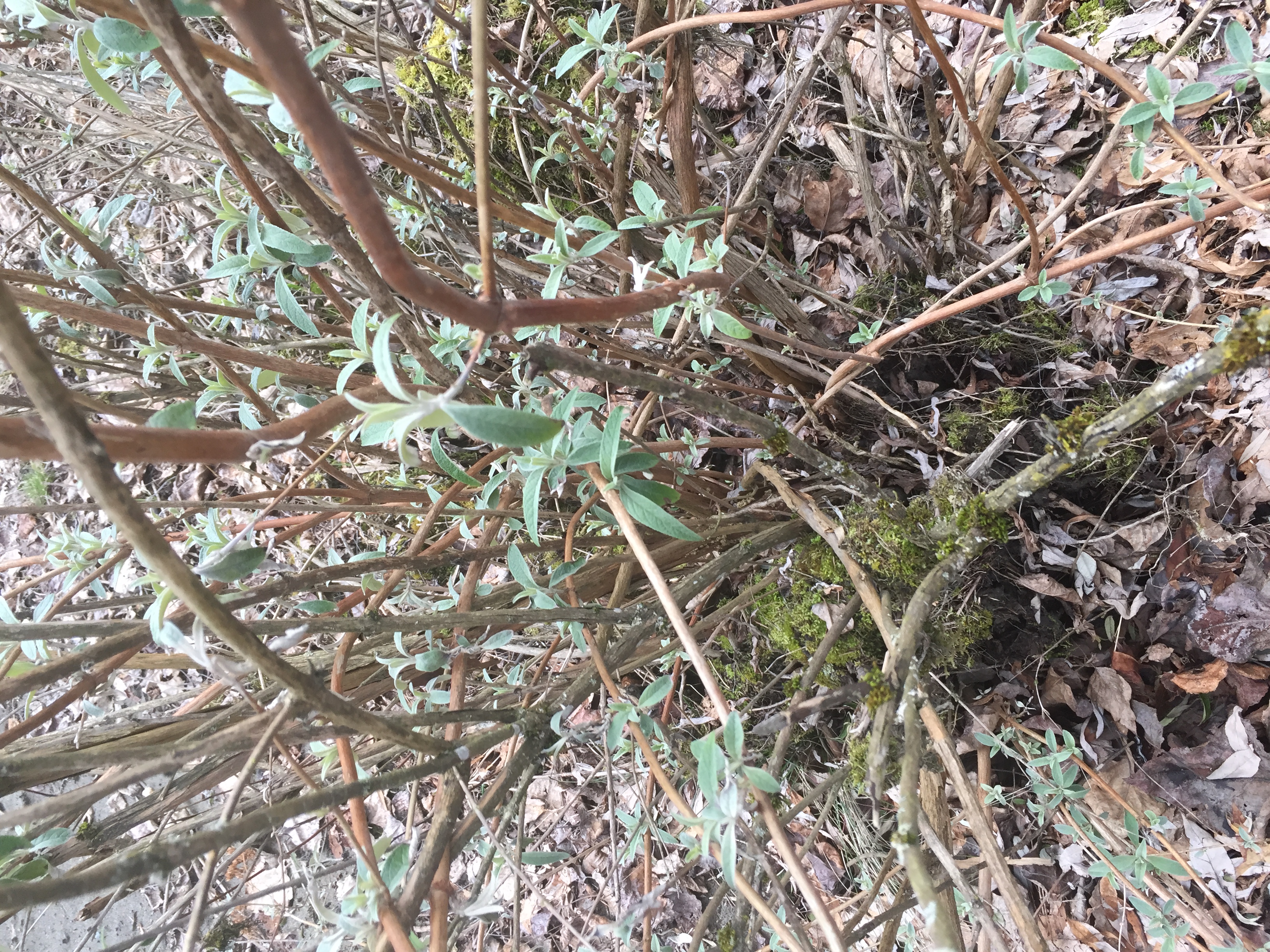
Buddleja davidii (butterfly bush)
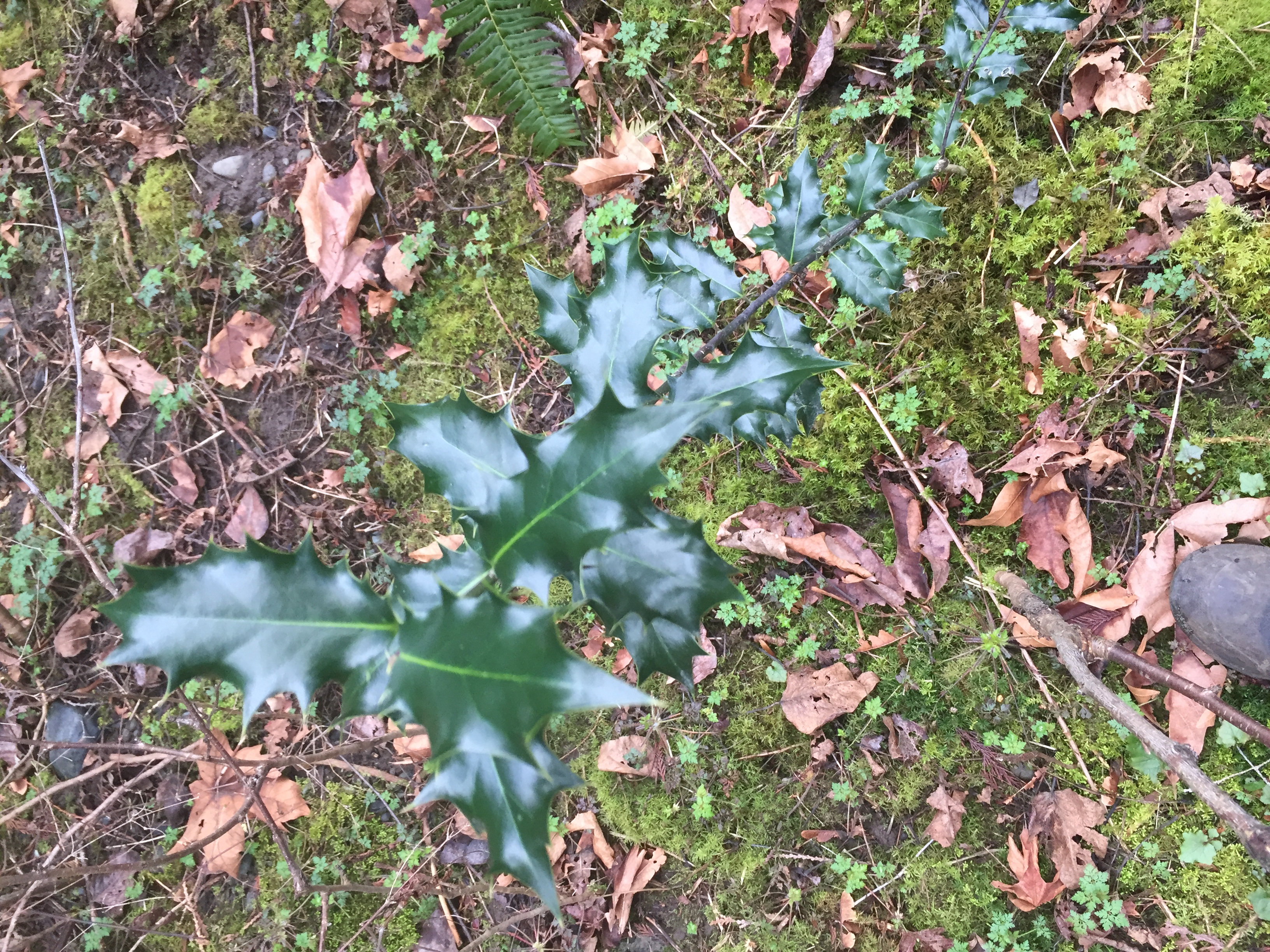

Ilex aquifolium (English holly)

Impatiens parviflora (small touch-me-not)
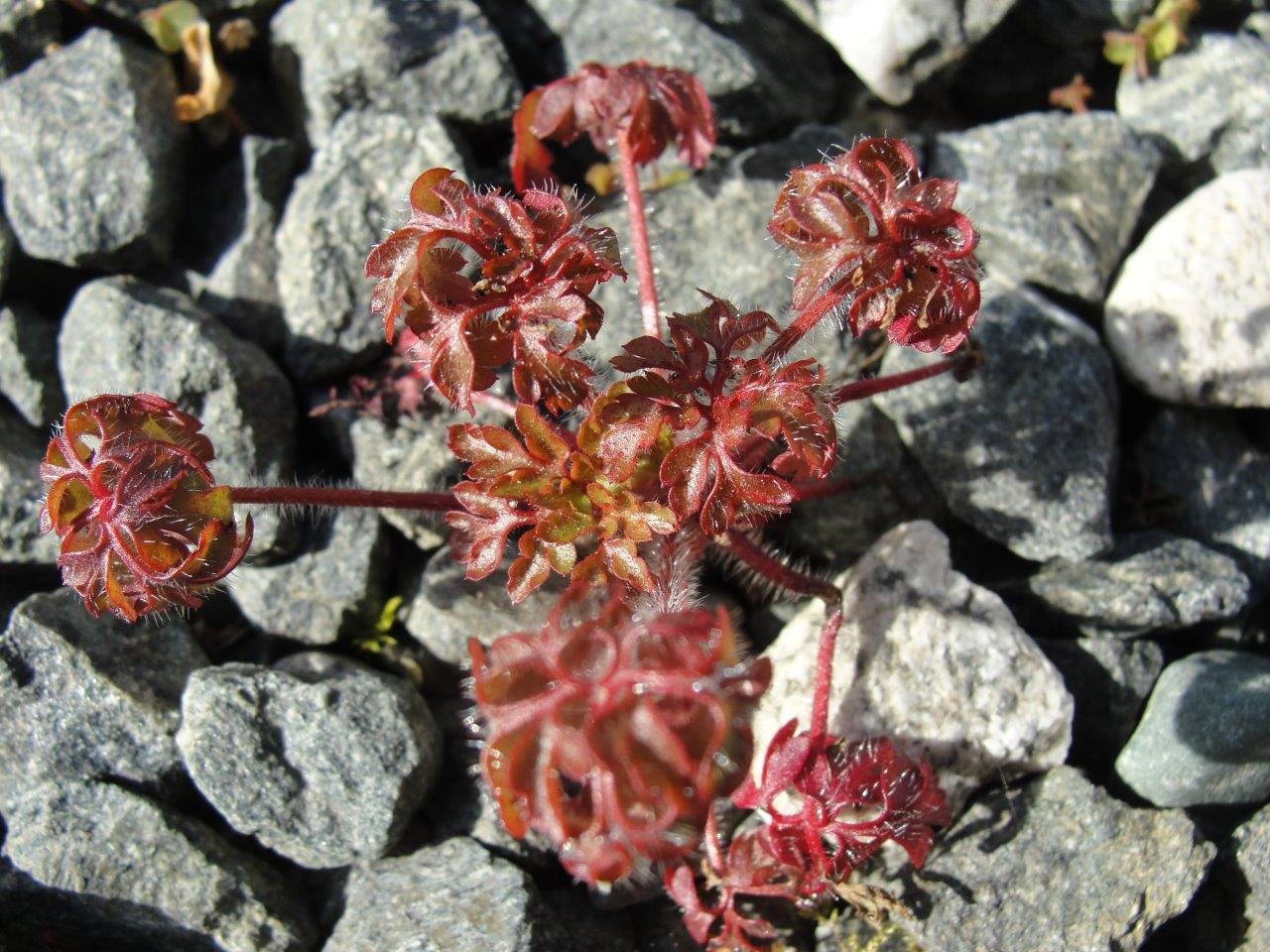
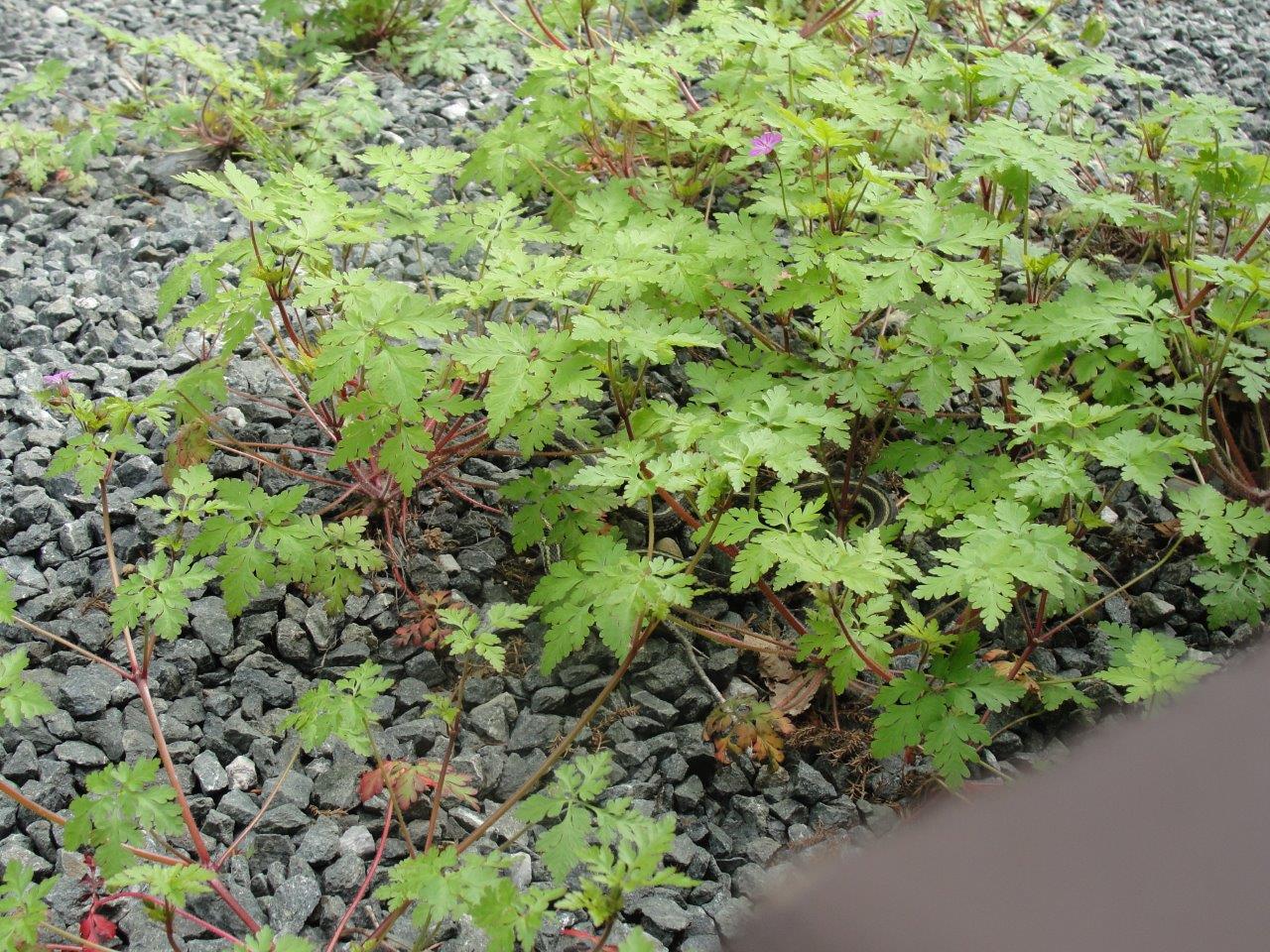
Geranium robertianum (herb-robert)

Tanacetum vulgare (common tansy)
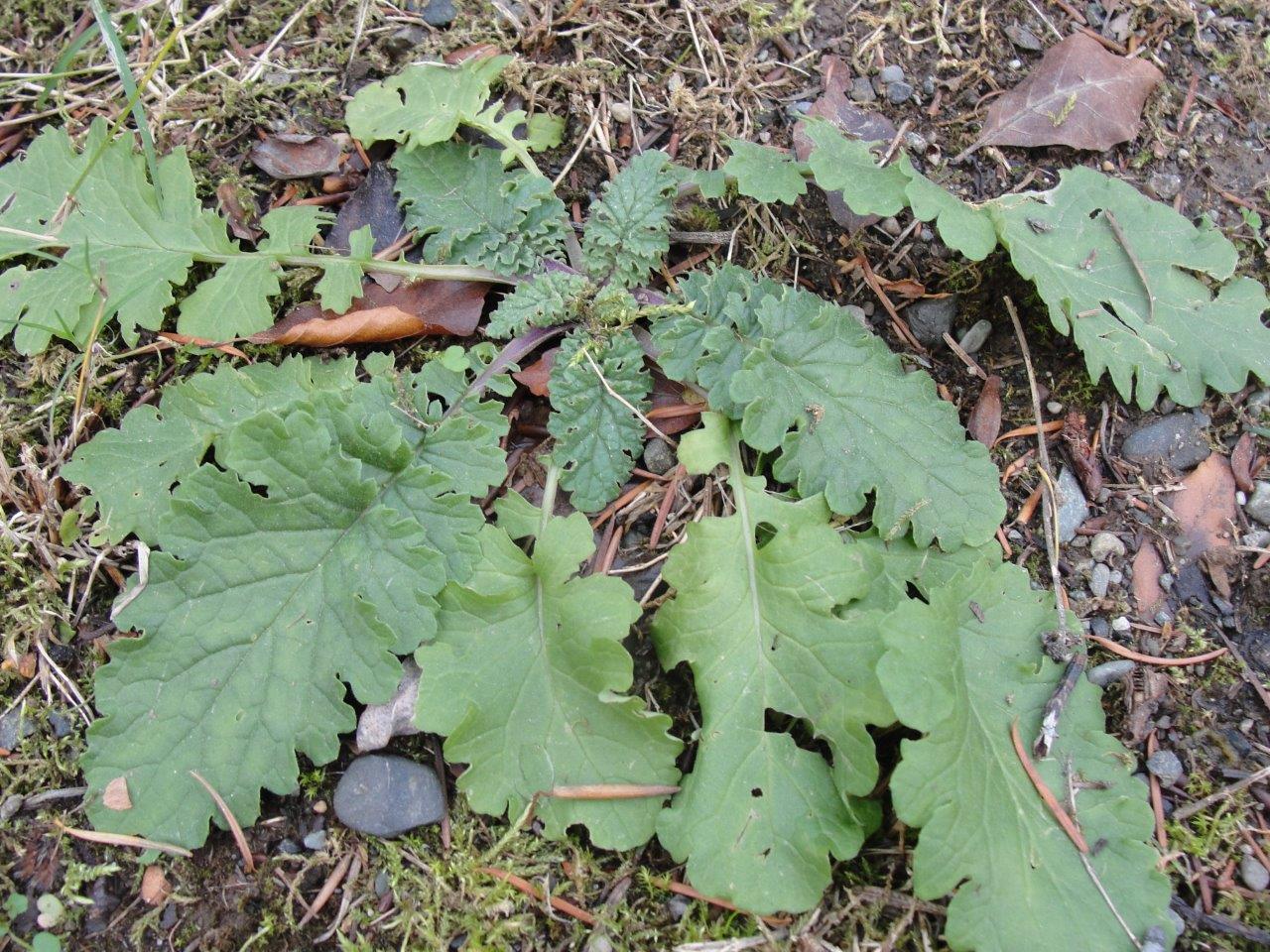
Jacobaea vulgaris (tansy ragwort)
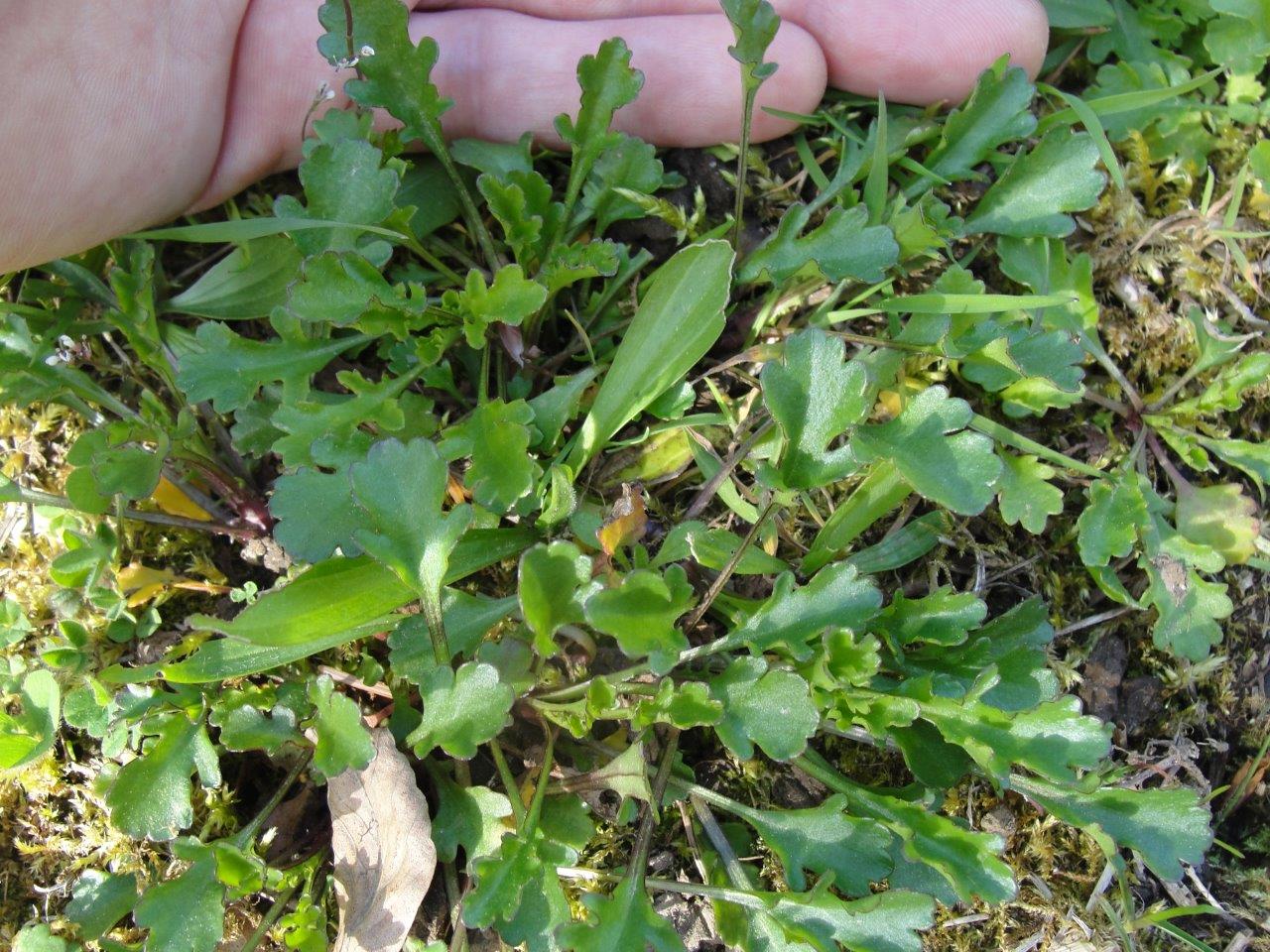
Leucanthemum vulgare (oxeye daisy)
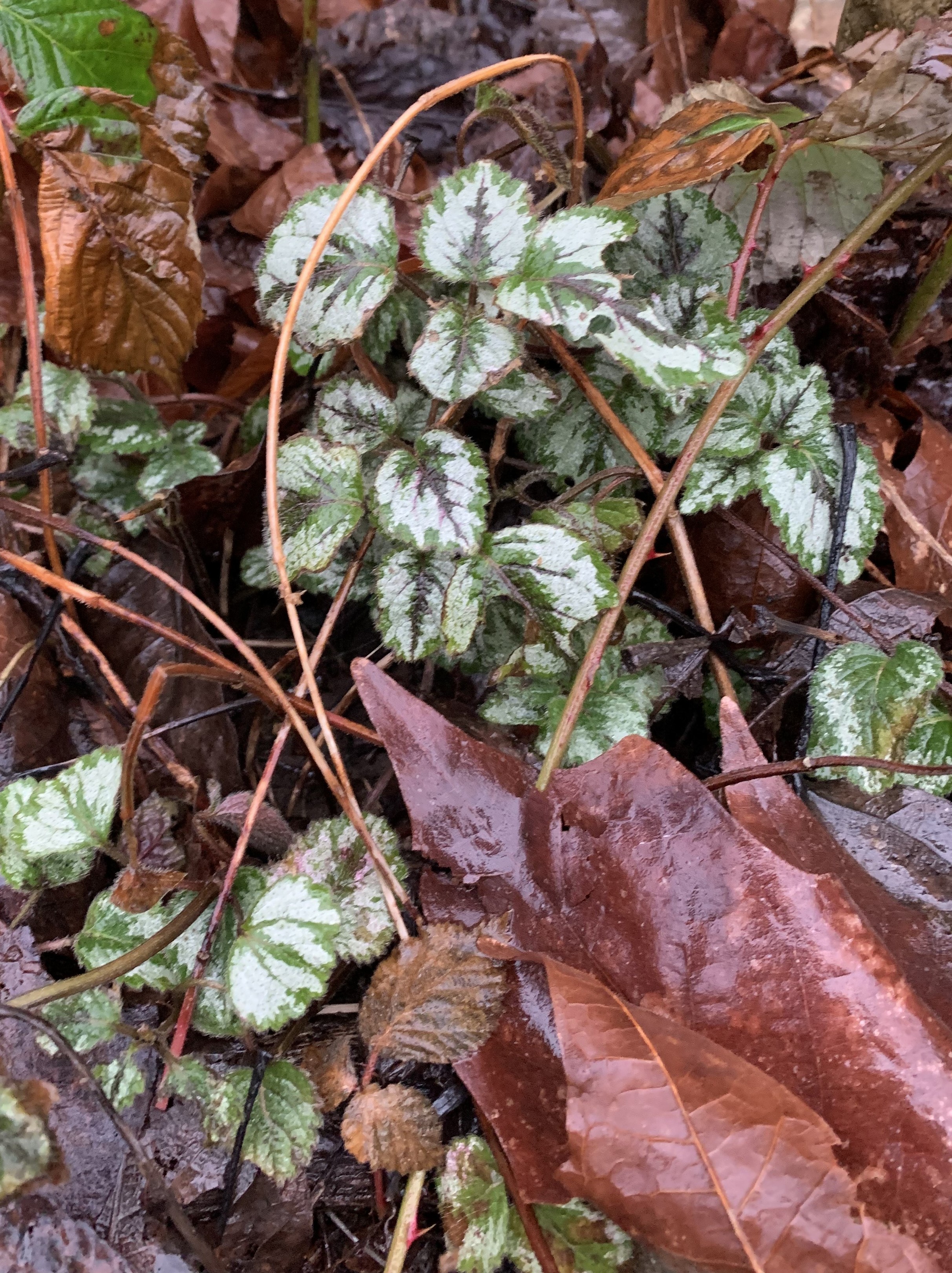
Lamium galeobdolon (yellow archangel)
Impatiens glandulifera (policeman's helmet)
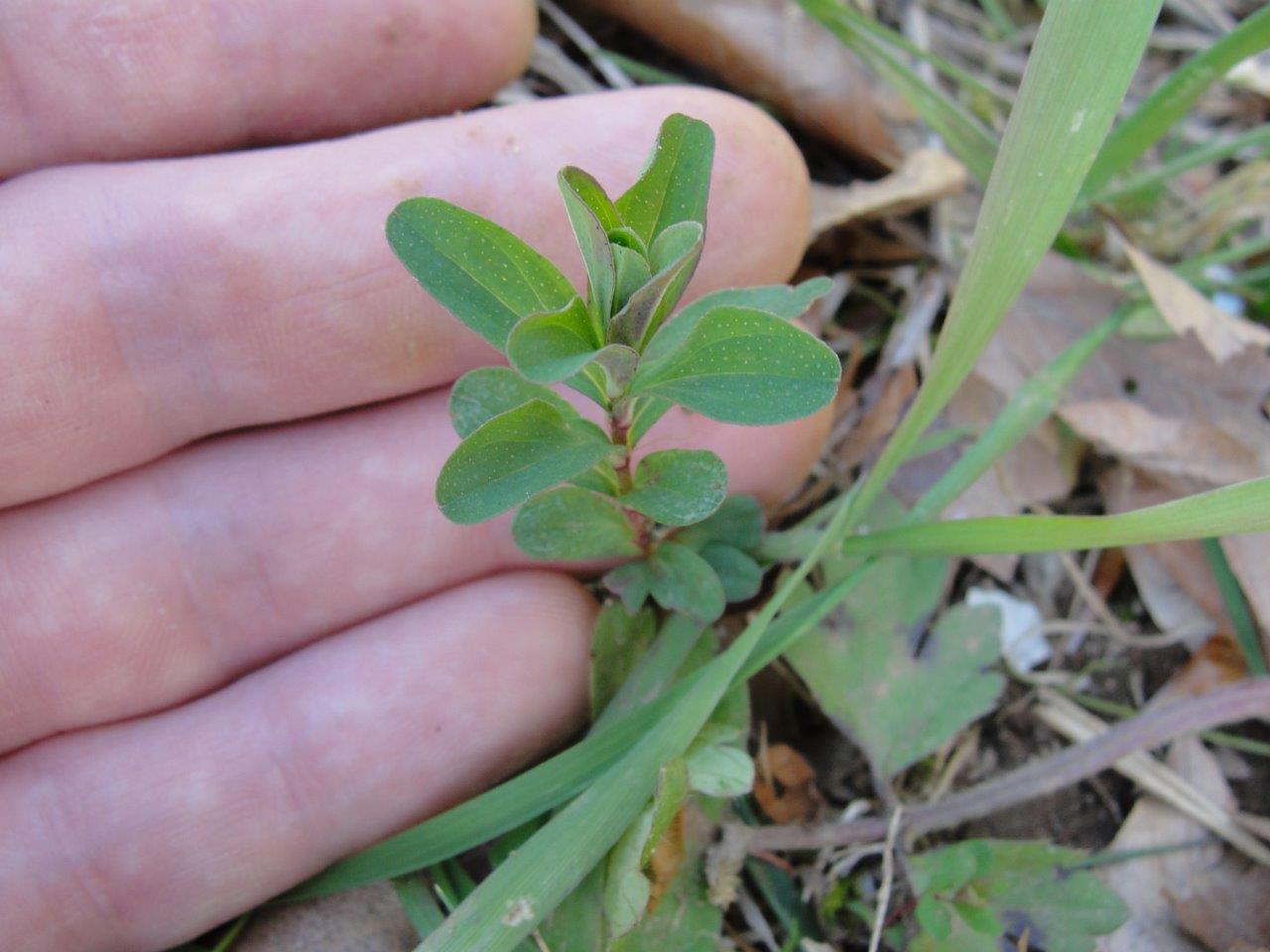
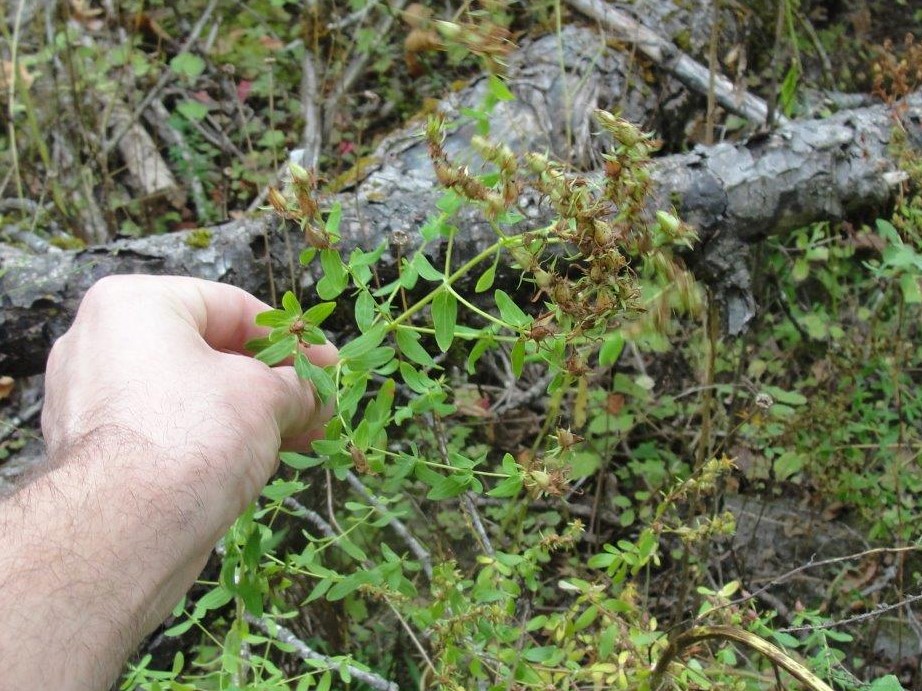
Hypericum perforatum (common St. John's-wort)
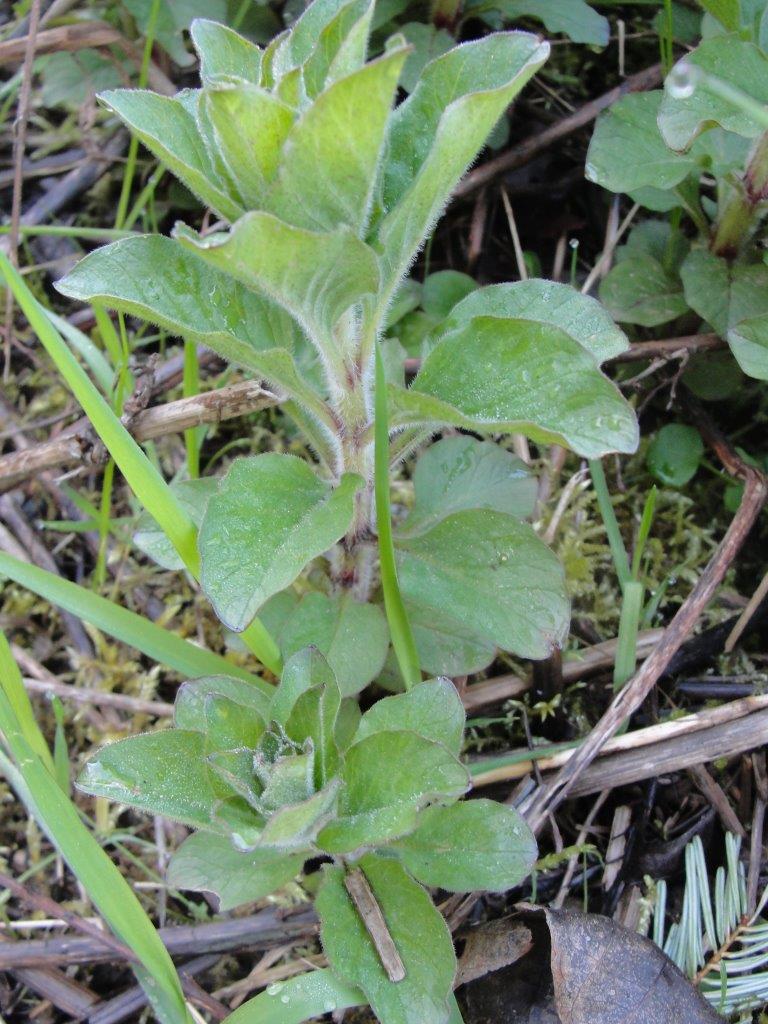
Lysimachia punctata (spotted loosestrife)
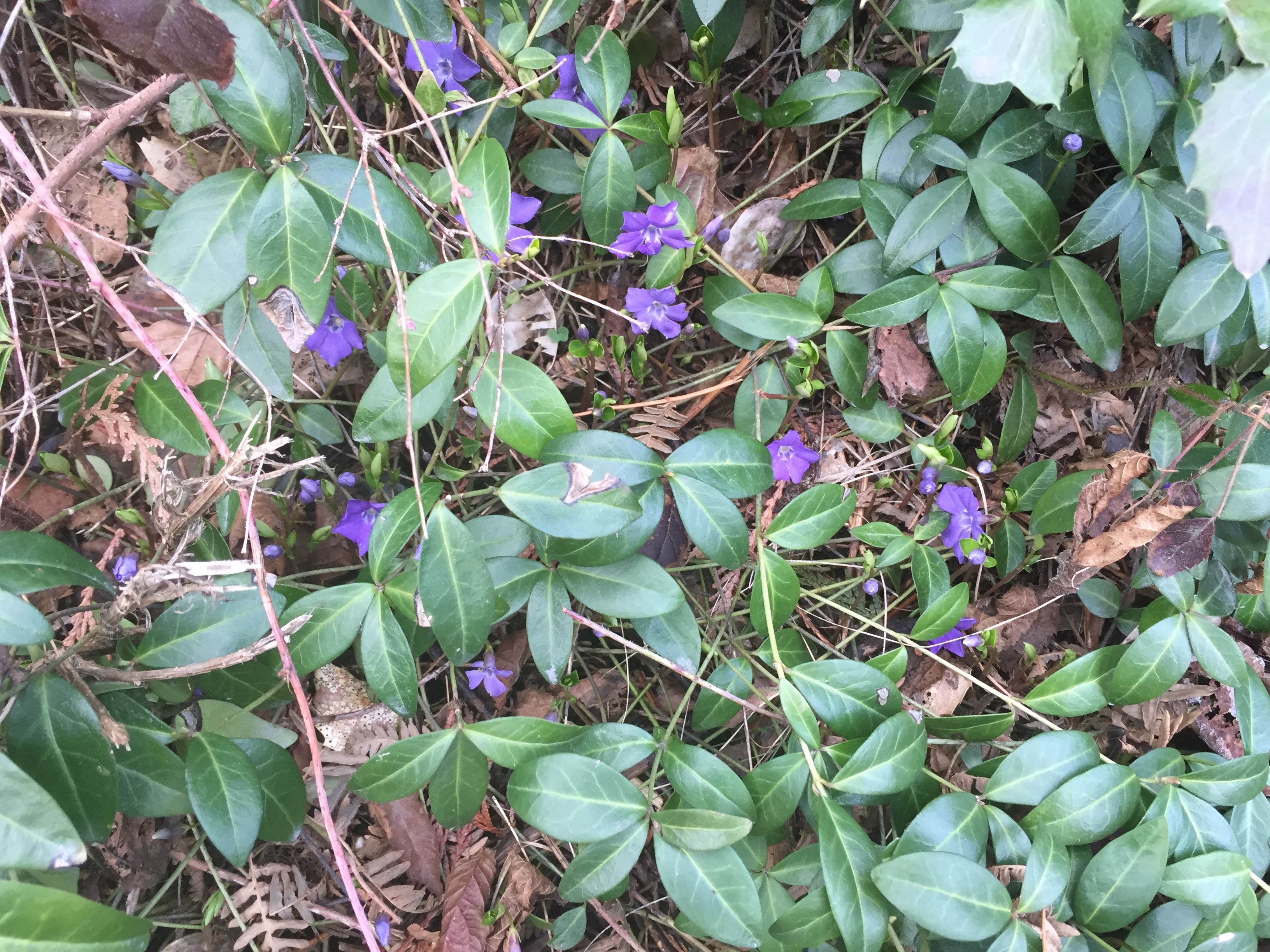
Vinca minor (common periwinkle)
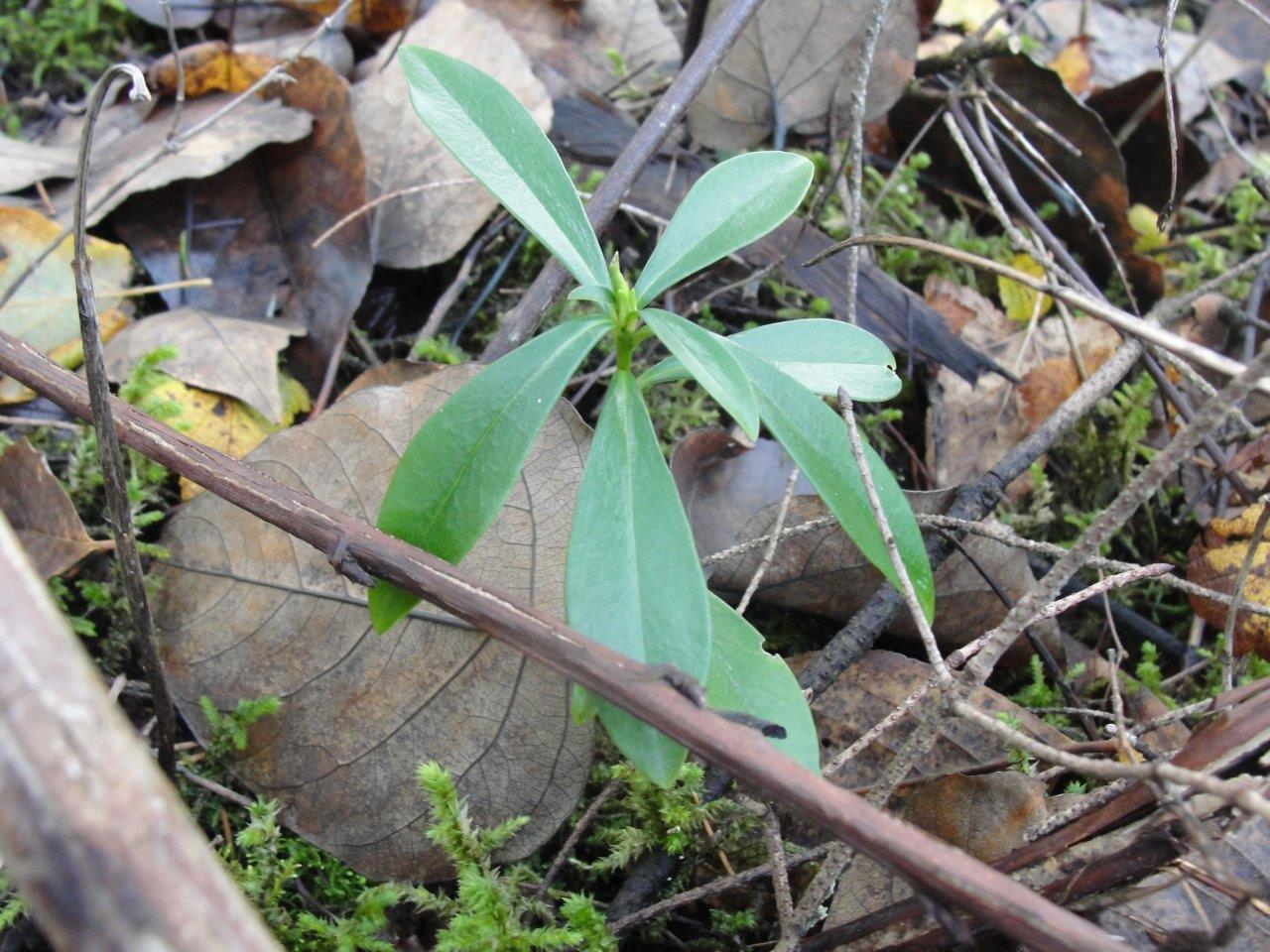
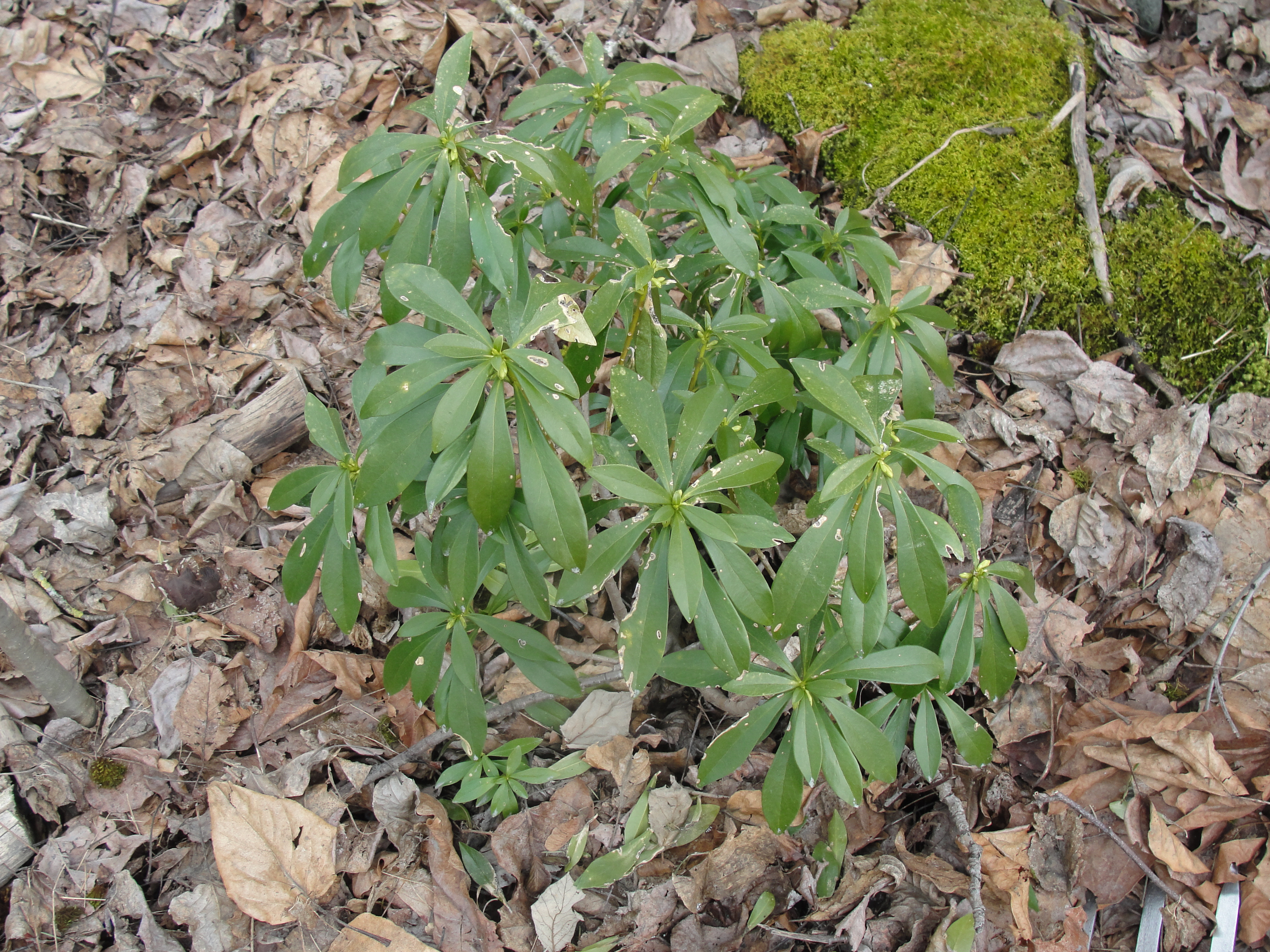
Daphne laureola (spurge laurel)
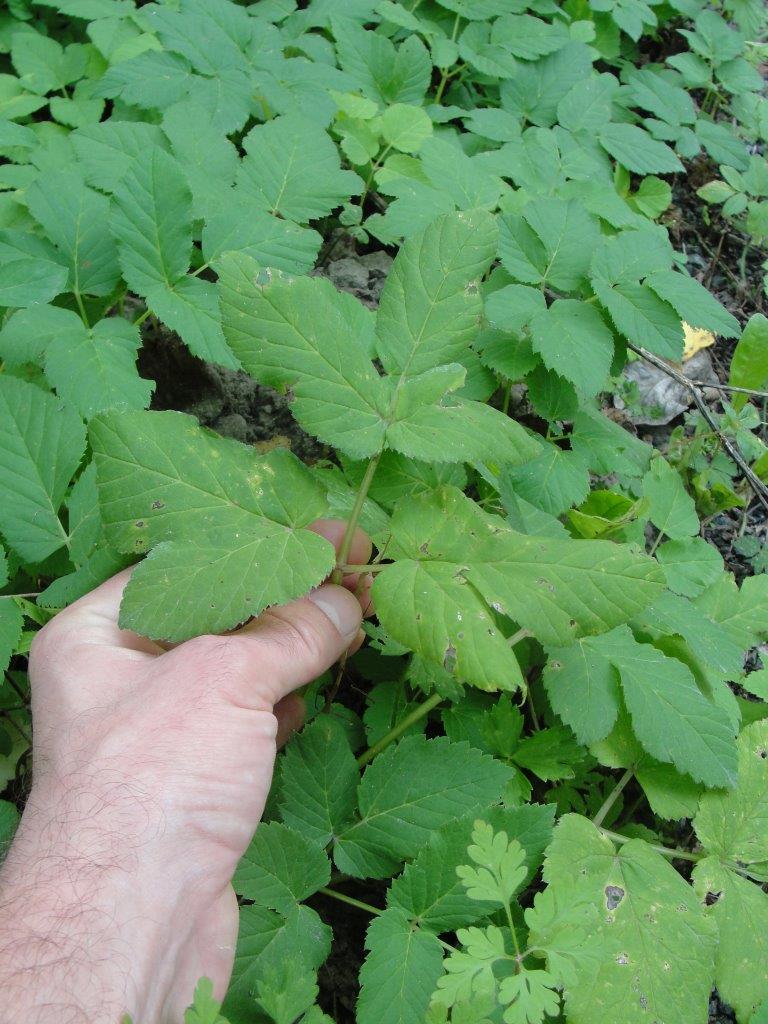
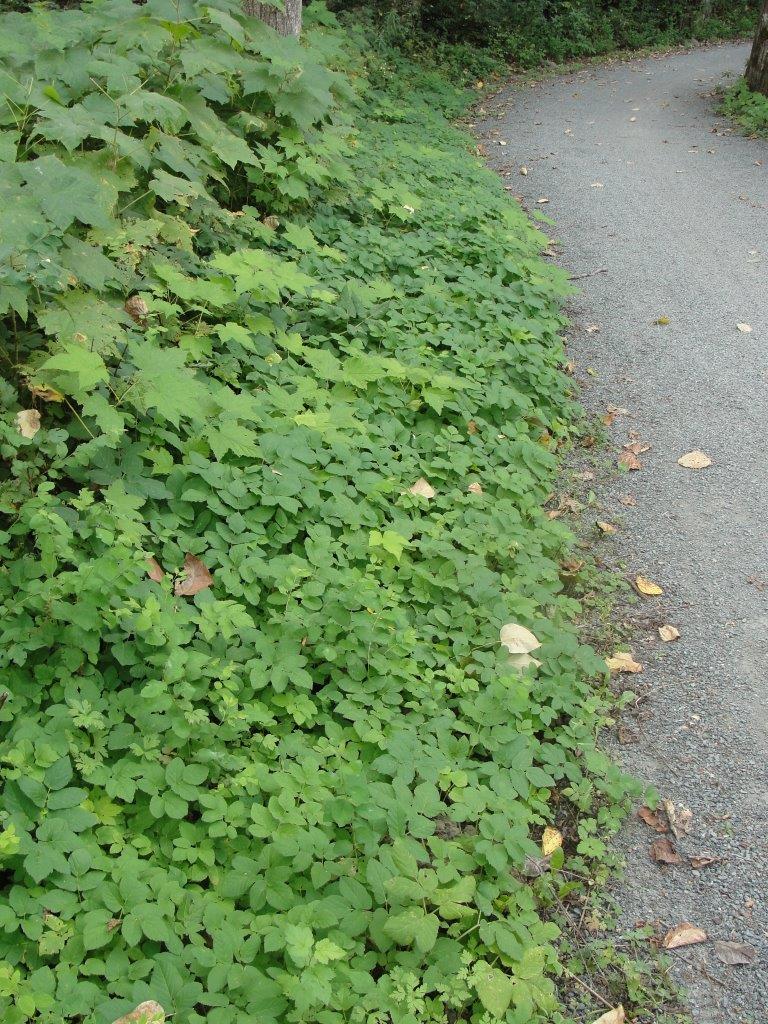
Aegopodium podagraria (bishop's weed/ground elder)
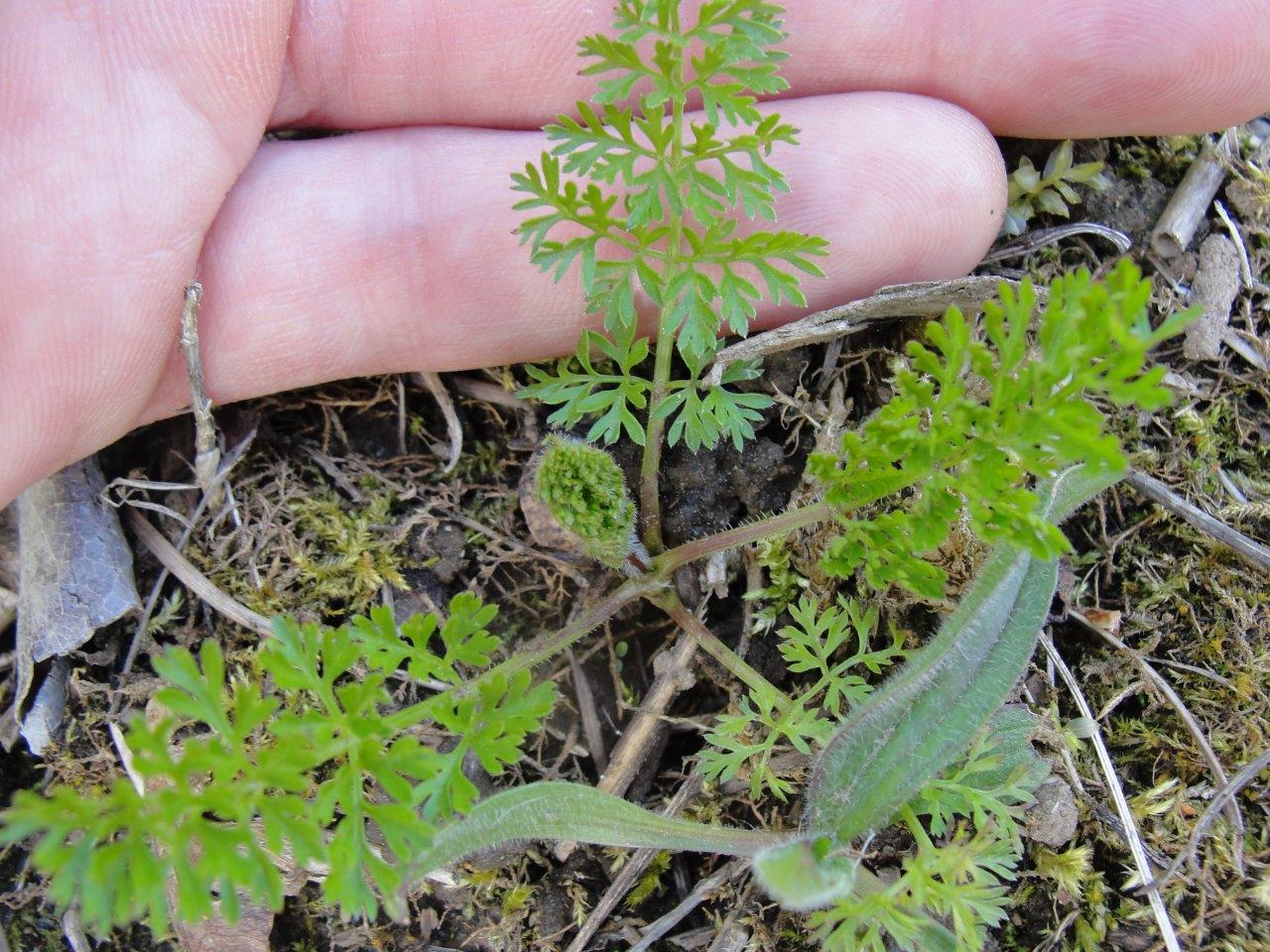
Daucus carota (wild carrot/queen Anne's lace)
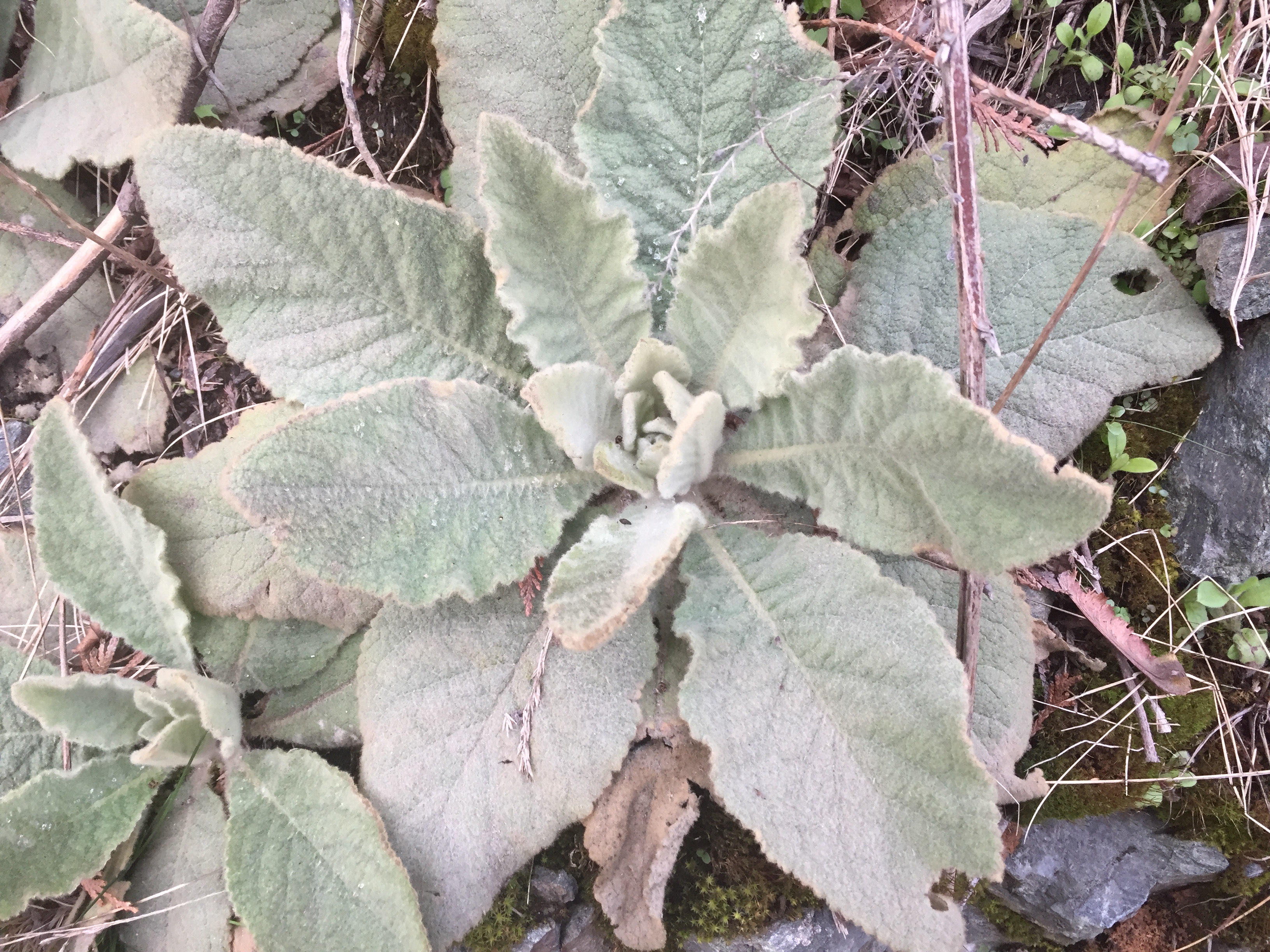
Verbascum thapsus (great mullein)
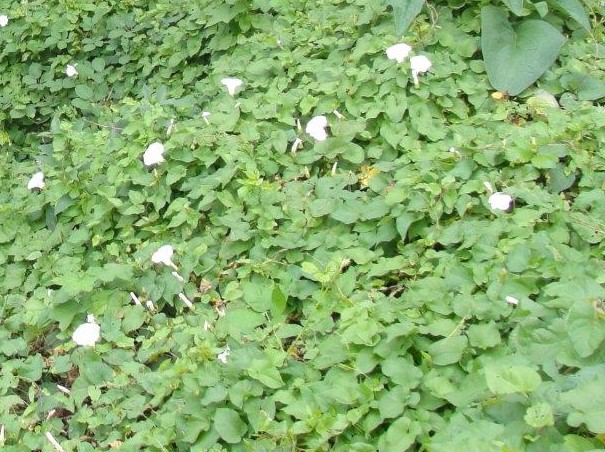
Calystegia sepium (hedge bindweed)
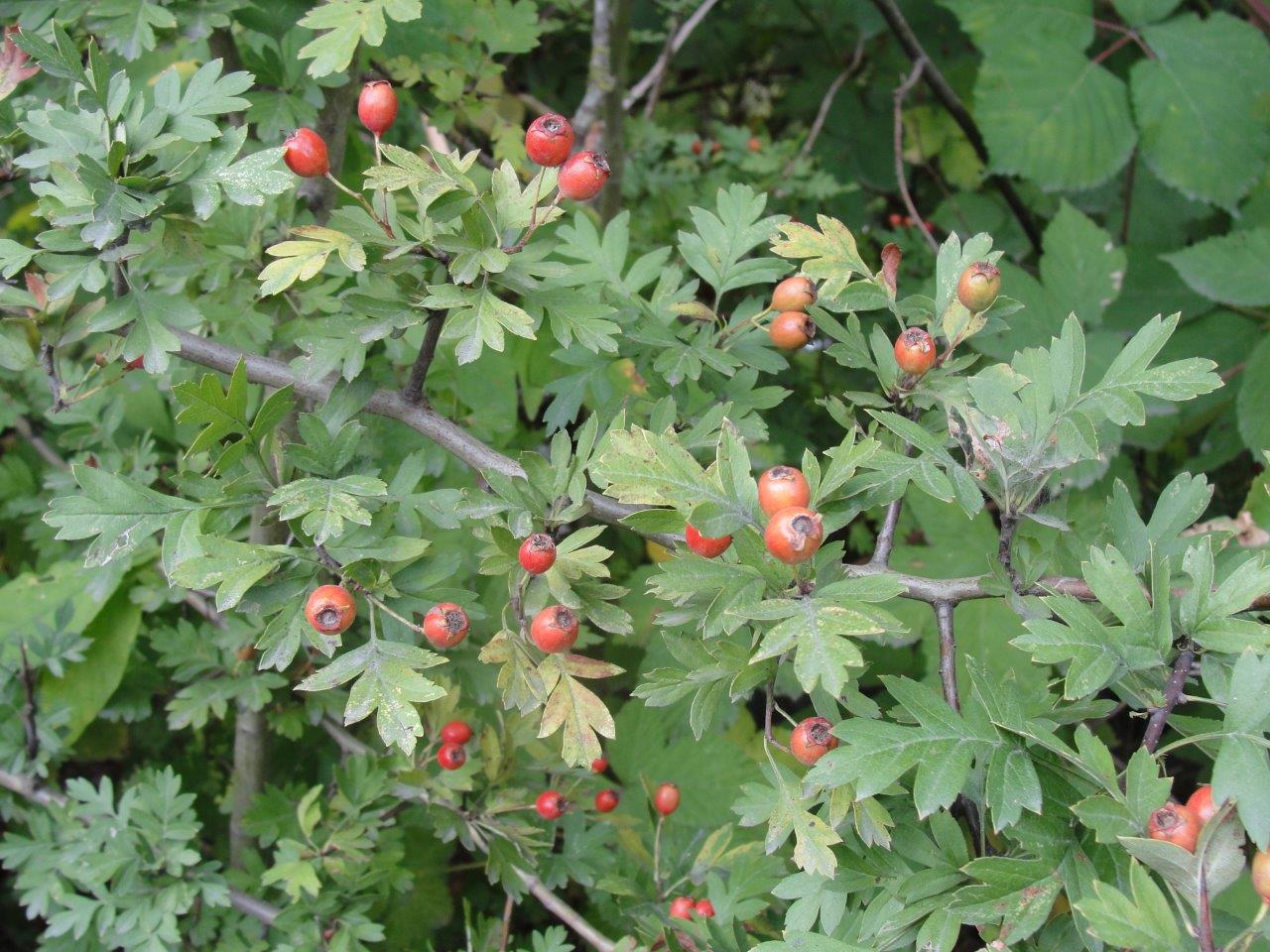
Crataegus monogyna (English hawthorn)

Euphorbia cyparissias (cypress spurge)
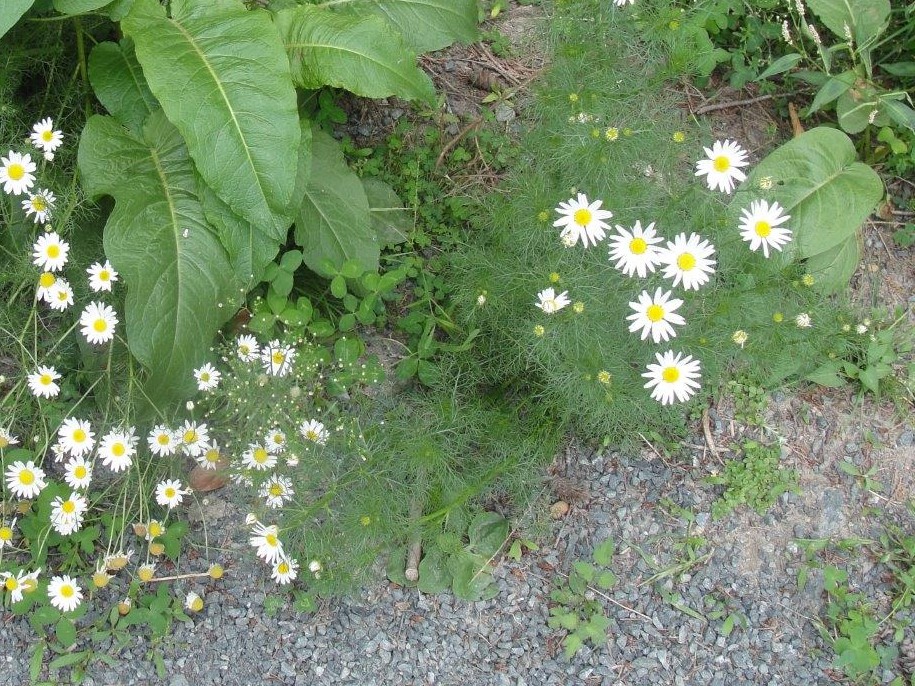
Tripleurospermum inodorum (scentless chamomile)